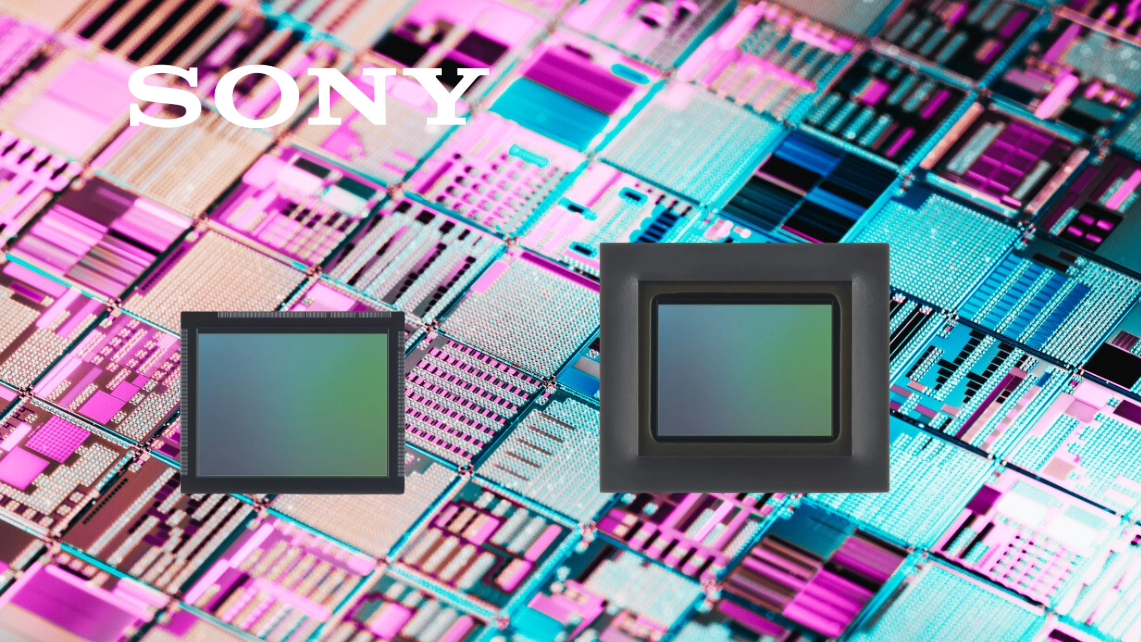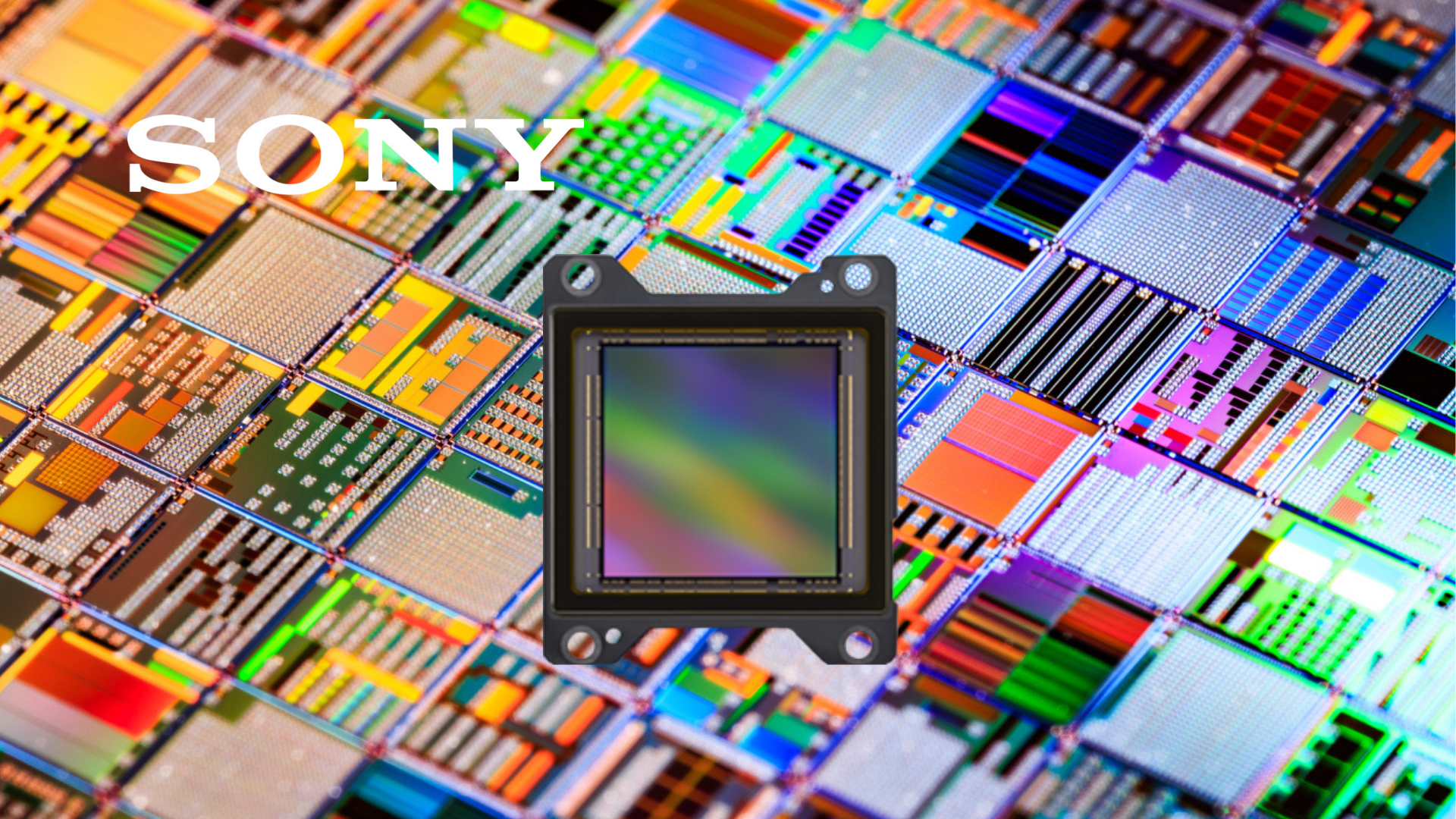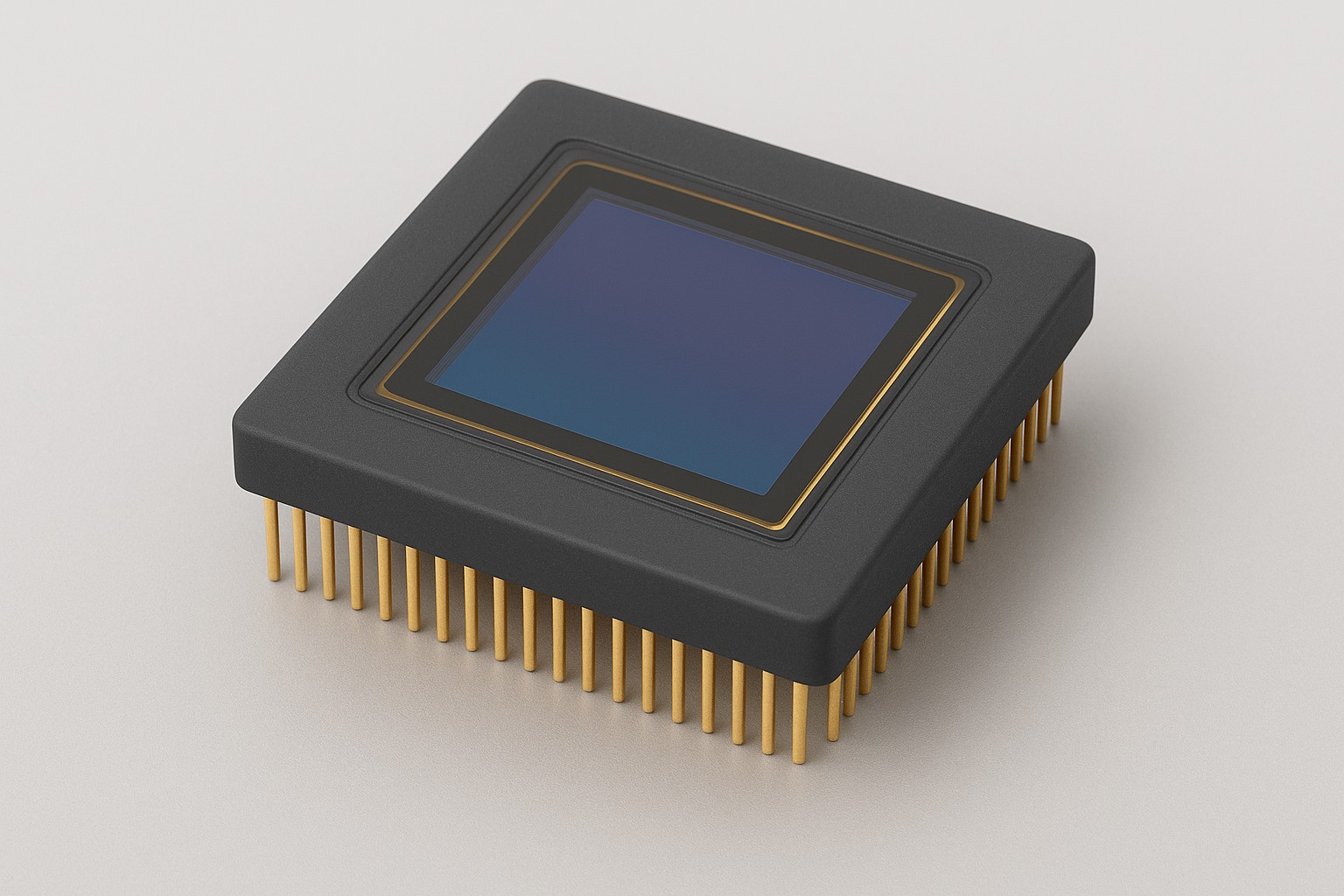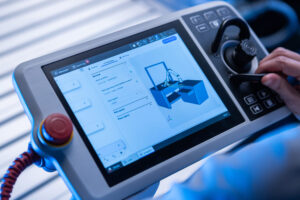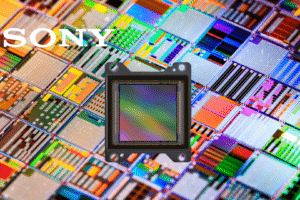On October 2, 2025, Sony Semiconductor Solutions announced the upcoming IMX775, a combined RGB + near-infrared (NIR) CMOS sensor optimized for in-cabin monitoring in vehicles. The IMX775 touts the industry’s smallest pixel size in this class (2.1 µm) while delivering both visible and NIR imaging on a single chip, offering about 5 effective megapixels of resolution.
In a crowded landscape of automotive sensing, the IMX775 aims to carve out a unique niche. The push toward passenger safety, regulation, and smart driver monitoring is driving demand for sensors capable of discerning posture, gaze direction, seat belt use, and even biometric signals inside the cabin. Sony positions the IMX775 as a strong candidate to meet these needs: compact, sensitive, and flexible across lighting conditions.
What Makes IMX775 Stand Out
The announcement highlights a few features Sony deems strategic:
- Hybrid shutter / exposure scheme: The sensor supports a mix of rolling shutter for RGB and global shutter for NIR, aiming for high dynamic range in visible light while keeping motion blur in the IR domain in check.
- High NIR sensitivity with 35% quantum efficiency (at 940 nm), even in small pixels, thanks to an internal pixel structure (pyramid array) and light diffraction techniques.
- Strong dynamic range: For the RGB channel, the IMX775 offers up to 110 dB dynamic range, enabling it to capture detail in high contrast scenes often encountered inside vehicles (windows, bright sunlight vs interior dimness).
- On-chip NIR removal processing: Because NIR light can leak into RGB channels and distort color, Sony includes a signal-processing circuit that removes NIR “contamination” from RGB pixels, improving color fidelity.
- Reliability & automotive compliance: Sony plans to obtain AEC-Q100 Grade 2 certification and align with ISO 26262 / ASIL-B standards, plus provide optional cybersecurity features (image authentication, camera authentication).
Sony expects sample shipments to begin in spring 2026.

Enlarged view of the red-framed area Left: IMX775, Right: Earlier Sony’s product

Implications for Machine Vision & Imaging Systems
Although the IMX775’s immediate use case is in vehicles, its technological moves resonate well with the machine vision community:
- Compact sensing with dual-spectrum vision
Embedding visible + NIR on one sensor module opens opportunities for systems that need to combine appearance and thermal/low-light cues, for example, occupant detection, gesture recognition, or safety monitoring in robotics or smart environments. - New trade-off frontiers
Achieving high NIR sensitivity and wide dynamic range in 2.1 µm pixels is nontrivial. If Sony succeeds, it may shift expectations about pixel size vs light sensitivity tradeoffs, influencing future industrial imaging sensors. - Processing integration
The on-chip NIR removal and hybrid exposure techniques show how sensors are becoming smarter, integrating tasks often left to external ISPs (image signal processors). This reduces downstream processing load and latency. - Cross-pollination of standards
The command of automotive reliability standards and cybersecurity might inspire machine vision systems in critical infrastructure, transport, and surveillance to adopt similar safeguards.

IMX775 image comparison Left: Without NIR component removal algorithm Right: With NIR component removal algorithm
What’s Next & What to Watch
To fully assess the IMX775’s impact, the community will watch for:
- Real-world performance: Does the sensor maintain promised sensitivity, color accuracy, and dynamic range under real cabin lighting conditions?
- Sensor-to-system integration: How camera modules, optics, and embedded firmware adapt to hybrid shutter modes and NIR removal processing.
- Use-case expansion: Will we see this or derivative sensors used outside automotive? In robotics, smart buildings, or even healthcare imaging?
- Competitive responses: How other sensor makers respond: whether by pushing similar dual-spectrum performance or advancing other dimensions (frame rate, resolution, cost).
If the IMX775 delivers on its promises, it could become an important benchmark not just for in-cabin sensing, but for how vision systems in compact form factors evolve across industries.
Product Specifications:
| Model name | IMX775 | |
|---|---|---|
| Effective pixels | 2593 × 1945 (H × V), approx. 5.04 megapixels | |
| Image size | 6.81 mm diagonal (1/2.64 type) | |
| Unit cell size | 2.1 μm × 2.1 μm (H × V) | |
| Frame rate (maximum, all-pixel readout) | 60 fps | |
| Quantum efficiency (940nm) | ≧35% | |
| Dynamic range (RGB) | 110 dB | |
| Power supply | Analog | 3.3V (revised on October 2, 2025) |
| Digital | 1.1V (revised on October 2, 2025) | |
| Interface | 1.8 v (revised on October 2, 2025) | |
| Interface | MIPI CSI-2 serial output (4 lane / 2 lane) | |
| Package | Bare chip or 120-pin BGA | |
| Package size | 9.35 mm(H) x 8.05 mm(V) | |
Find out more on Sony Semicon’s website


